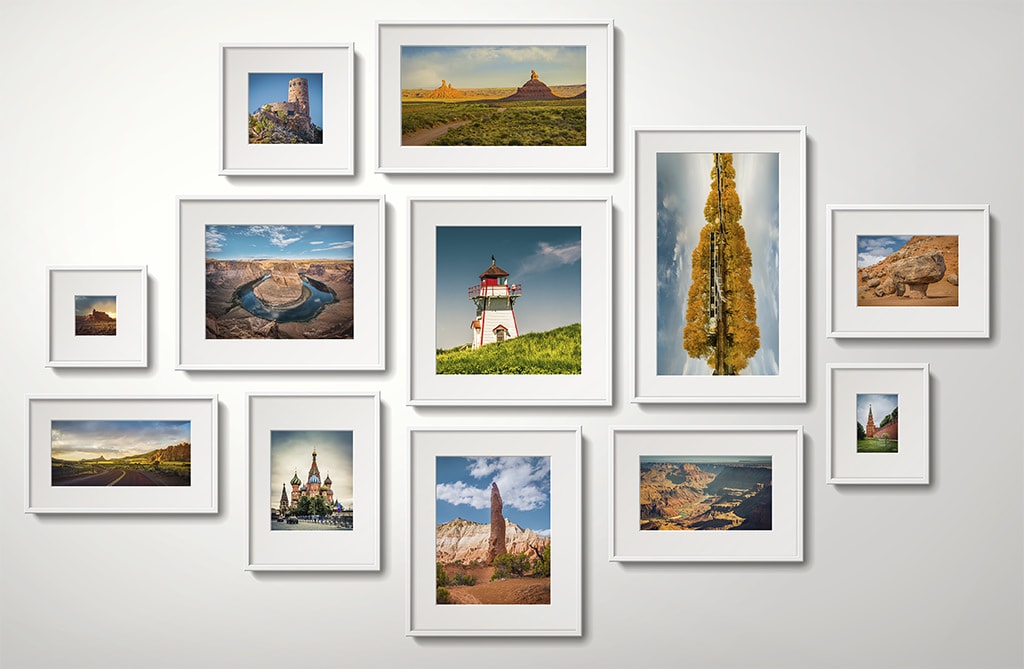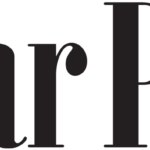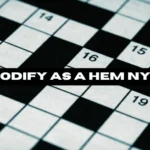In today’s digital world, images are everywhere. Whether you’re designing a website, creating social media content, or printing large banners, choosing the correct picture sizes is crucial for making your visuals pop. The right dimensions can make or break how your image is perceived, whether on a tiny mobile screen or a massive billboard. Understanding image sizes ensures that your graphics look sharp, professional, and aligned with their intended use.
In this guide, we’ll explore the most common image sizes, when and where to use them, and tips for ensuring your pictures are always pixel-perfect.
Understanding Image Resolution: Pixels, DPI, and PPI
Before diving into specific sizes, let’s clear up some key terms:
- Pixels: The tiny squares that make up a digital image. The more pixels an image has, the clearer it will be, especially at larger sizes.
- DPI (Dots Per Inch): Refers to the number of ink dots in a printed image. Higher DPI means a sharper printed image.
- PPI (Pixels Per Inch): Refers to the pixel density of a digital image. Higher PPI means better image quality on a screen.
Now that the basics are covered, let’s move on to specific picture sizes!
Social Media Image Sizes
Social media platforms are one of the most common places where image sizing matters. Each platform has specific dimensions to ensure your photos look their best. Here’s a breakdown of the most important social media image sizes:
Facebook:
- Profile Picture: 180 x 180 pixels
- Cover Photo: 820 x 312 pixels
- Shared Image: 1200 x 630 pixels
- Event Cover Photo: 1920 x 1005 pixels
Instagram:
- Profile Picture: 110 x 110 pixels
- Square Image Post: 1080 x 1080 pixels
- Landscape Image Post: 1080 x 566 pixels
- Portrait Image Post: 1080 x 1350 pixels
- Stories: 1080 x 1920 pixels
Twitter:
- Profile Picture: 400 x 400 pixels
- Header Photo: 1500 x 500 pixels
- In-Stream Photo: 1200 x 675 pixels
LinkedIn:
- Profile Picture: 400 x 400 pixels
- Background Photo: 1584 x 396 pixels
- Post Image: 1200 x 627 pixels
Pinterest:
- Profile Picture: 165 x 165 pixels
- Pin Image: 1000 x 1500 pixels
- Board Cover Image: 222 x 150 pixels
YouTube:
- Channel Profile Picture: 800 x 800 pixels
- Channel Cover Photo: 2560 x 1440 pixels
- Video Thumbnail: 1280 x 720 pixels
These sizes ensure that your images display crisply and attractively across devices, from desktop to mobile.
Web Image Sizes
Whether you’re running an online store or a personal blog, choosing the correct image sizes for your website is critical to maintaining a professional appearance and ensuring fast load times. Here’s a guide to web-friendly image dimensions:
Standard Website Image Sizes:
- Hero Image (main banner on homepage): 1600 x 900 pixels
- Full-width Image: 1920 x 1080 pixels
- Blog Post Image: 1200 x 628 pixels
- Thumbnail: 150 x 150 pixels
File Size Tips for Web Images:
- Use JPEG for photos to keep file sizes smaller without losing much quality.
- Use PNG for images with transparency (like logos or icons).
- Compress images using tools like TinyPNG or JPEG-Optimizer to improve loading speed.
Fast load times are essential for SEO (Search Engine Optimization), and large, uncompressed images can slow down your website. Always aim for file sizes under 200 KB where possible.
Print Image Sizes
When it comes to print, resolution and DPI (dots per inch) are crucial for ensuring your images look sharp. Printed images generally need a higher resolution (300 DPI or more) than digital images. Here are the common print sizes:
Standard Print Sizes:
- 4 x 6 inches: 1200 x 1800 pixels
- 5 x 7 inches: 1500 x 2100 pixels
- 8 x 10 inches: 2400 x 3000 pixels
- 11 x 14 inches: 3300 x 4200 pixels
- 16 x 20 inches: 4800 x 6000 pixels
- 24 x 36 inches: 7200 x 10800 pixels
For high-quality prints, make sure to use images that are at least 300 DPI. Printing images at a lower resolution can result in blurry, pixelated prints.
Billboard and Large Format Sizes
When it comes to billboards and other large signage, the size of the image is enormous compared to regular printing or web dimensions. But surprisingly, you don’t need extremely high DPI for these large formats because people view them from a distance. Still, you’ll need to ensure your image has enough resolution to maintain clarity.
Common Large Format Sizes:
- Billboard: 14 x 48 feet (set the DPI to around 15-30)
- Bus Shelter Ad: 4 x 6 feet
- Poster (small): 11 x 17 inches
- Poster (large): 24 x 36 inches
While the DPI for billboards can be as low as 15-30 DPI due to the distance at which they are viewed, the key is to have a large enough canvas size (in feet, not pixels) when designing.
Tips for Optimizing Image Sizes
- Choose the Right Format: JPEG for high-quality photos, PNG for images with transparent backgrounds, and GIF for simple animations.
- Keep File Sizes Small: Compress images as much as possible without losing quality to ensure faster load times for websites.
- Be Mindful of DPI: Use 300 DPI for printing, but for the web, 72 DPI is usually sufficient.
- Test Across Devices: Always preview your images on different devices, especially if they will be viewed on mobile.
- Consistency is Key: Maintain consistent dimensions for similar images on your website or social media to ensure a professional look.
Conclusion
From tiny social media thumbnails to massive billboards, choosing the correct image size can drastically affect how your visuals appear to your audience. Understanding the right dimensions for each platform or medium ensures your images look crisp and professional, no matter where they are viewed.
Whether you’re optimizing images for a website, preparing designs for printing, or creating social media content, having the right image size is essential for making a lasting impact. Following these guidelines will help you deliver stunning visuals that captivate your audience and maintain the integrity of your brand or project.







